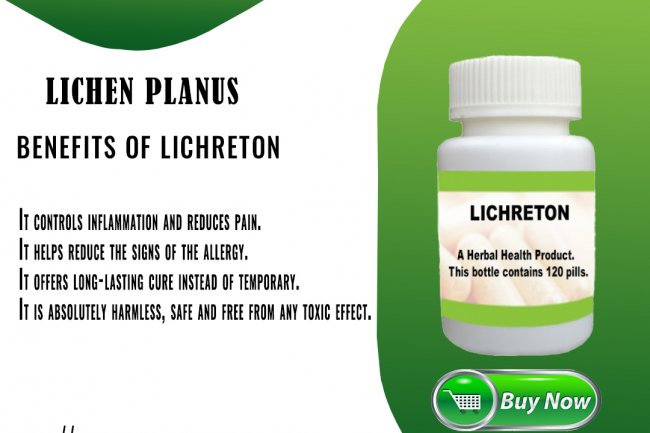How to Effectively Treat Malassezia Folliculitis without leaving the comfort of your home?

Have you been struggling with itchy and inflamed skin, especially around your hair follicles? If so, you may be suffering from malassezia folliculitis, a condition caused by the overgrowth of a type of yeast on the skin. While this condition can be frustrating to deal with, the good news is that there are effective home remedies you can use to soothe your symptoms. We'll share our top tips for treating malassezia folliculitis from the comfort of your own home. From identifying the root cause of the condition to trying out natural remedies, we'll help you get your skin back to its healthy, happy self. So, let's dive in and take a closer look at how to effectively treat malassezia folliculitis at home!
Home Remedies for Malassezia Folliculitis
Herbal treatment for folliculitis includes using home remedies like applying Apple Cider Vinegar to the affected areas of the skin. This method is effective in reducing the inflammation caused by Malassezia Folliculitis. The vinegar is known to balance the pH level of the skin, which helps prevent the overgrowth of yeast in the hair follicles. This overgrowth is one of the primary causes of folliculitis. Using Apple Cider Vinegar regularly can help curb this problem. Moreover, it also helps restore the natural balance of oils on the skin and prevent infections. In addition to using herbal remedies, it's essential to maintain good hygiene and consume a healthy diet to reduce the risk of developing folliculitis. Overall, a combination of these measures can help provide relief from this skin condition and promote healthy skin.
Malassezia Folliculitis is a frustrating skin condition that can cause itchy and irritating sensations. Thankfully, there are some home remedies worth considering, and one of them is tea tree oil. This natural remedy has antifungal and anti-inflammatory properties, which can help alleviate the symptoms of this skin condition. Tea tree oil works by reducing the growth of the Malassezia yeast, which is responsible for causing the folliculitis. Additionally, it can reduce inflammation and itching in the affected areas, providing much-needed relief. Tea tree oil can be applied directly to the affected areas after diluting with a carrier oil. You can even add a few drops of tea tree oil to your daily shampoo to help prevent the recurrence of folliculitis symptoms. By incorporating tea tree oil into your Malassezia Folliculitis treatment routine, you can ease your discomfort and find relief from this persistent skin condition.
Again, it is important to note that Malassezia Folliculitis is a complex condition that requires a multi-faceted approach to be treated effectively. While there are several over-the-counter and prescription treatments available, many people prefer a more natural approach to treating their condition. Herbal treatment for Folliculitis can be incredibly effective in treating Malassezia Folliculitis and coconut oil is a great example of this. Its antifungal and antimicrobial properties make it a great natural option for treating this condition. Coconut oil can help soothe the skin and alleviate some of the discomfort associated with the condition. However, it is important to remember that natural remedies should not replace medical treatment entirely, and it is always best to consult with a healthcare professional before trying any new treatments.
Creating a Self-Care Plan for Malassezia Folliculitis Treatment
If you're looking for the best home remedy for folliculitis caused by malassezia, then creating a comprehensive self-care plan is a great place to start. One of the most important steps in this process is to identify the potential triggers and sources of irritation that might be contributing to your condition. This can include anything from tight-fitting clothing and harsh soaps to certain foods or environmental factors. By avoiding or minimizing these triggers, you can help prevent the condition from getting worse or recurring. Additionally, once you have a better understanding of what's causing your folliculitis, you may be able to identify specific treatments that are more effective for you. Some of the most popular home remedies for malassezia folliculitis include tea tree oil, coconut oil, and apple cider vinegar, but it's important to note that not all remedies work for everyone. So, it's important to work with your healthcare provider to come up with a personalized treatment plan that meets your individual needs.
Again, it cannot be emphasized enough how vital a consistent skincare routine is in treating malassezia folliculitis at home. The first step is to identify the potential triggers and sources of irritation that may worsen the condition, and then tailor your routine to your specific skin type and needs. Incorporating the recommended natural remedies for folliculitis, such as tea tree oil and apple cider vinegar, can further aid in managing symptoms and reducing inflammation. Remember, persistence and patience are key in any skincare regimen, and it may take time before results are noticeable. It's important to remain dedicated to your routine to ensure optimal results from your malassezia folliculitis treatment at home.
To Conclude
In conclusion, dealing with malassezia folliculitis can be a frustrating experience, but it's reassuring to know that there are home remedies available to help soothe your symptoms. By identifying the root cause of your condition and treating it with natural remedies, you can take control of your skin health and achieve a happy, healthy complexion once again. Whether it's using tea tree oil or switching up your diet, there are plenty of home remedies that you can try out to effectively treat malassezia folliculitis from the comfort of your own home. With persistence and patience, you can banish this condition and enjoy clear, smooth skin.
What's Your Reaction?

















